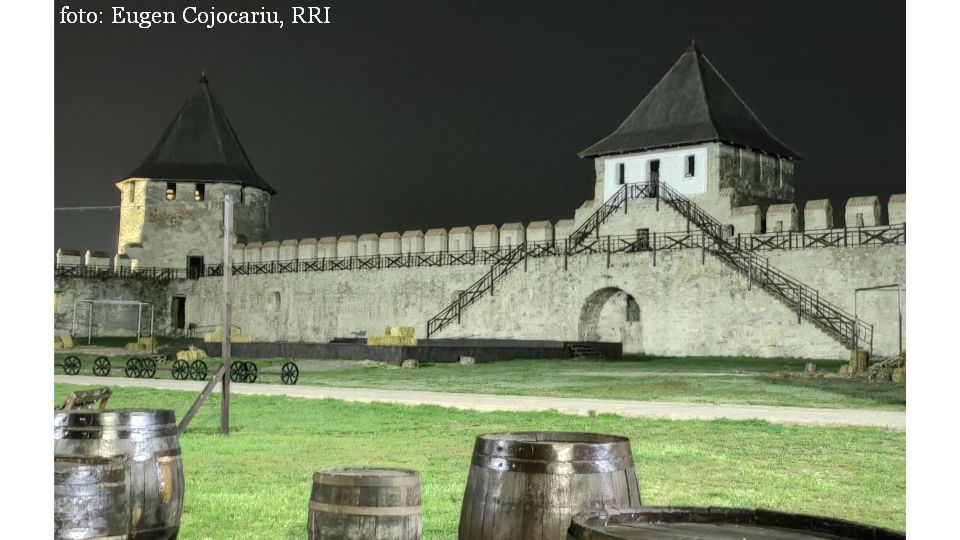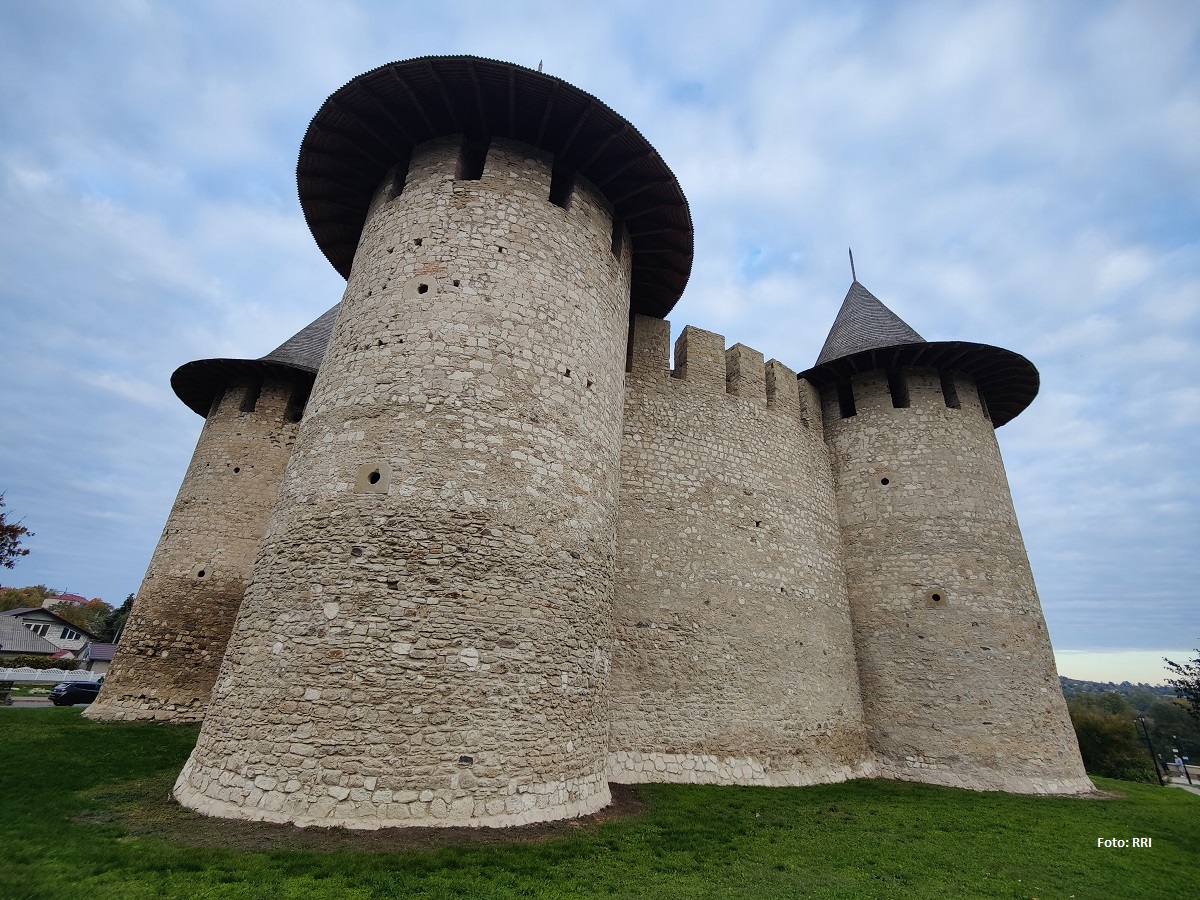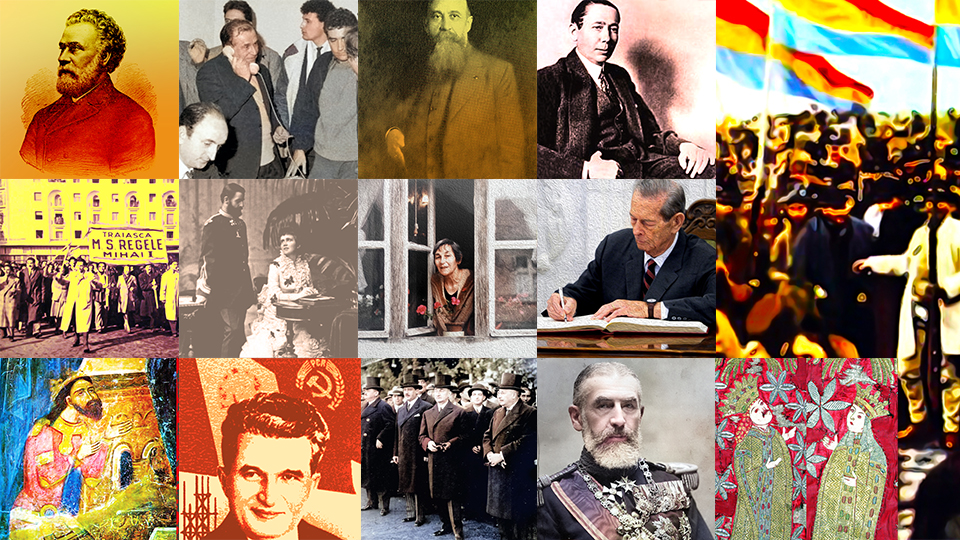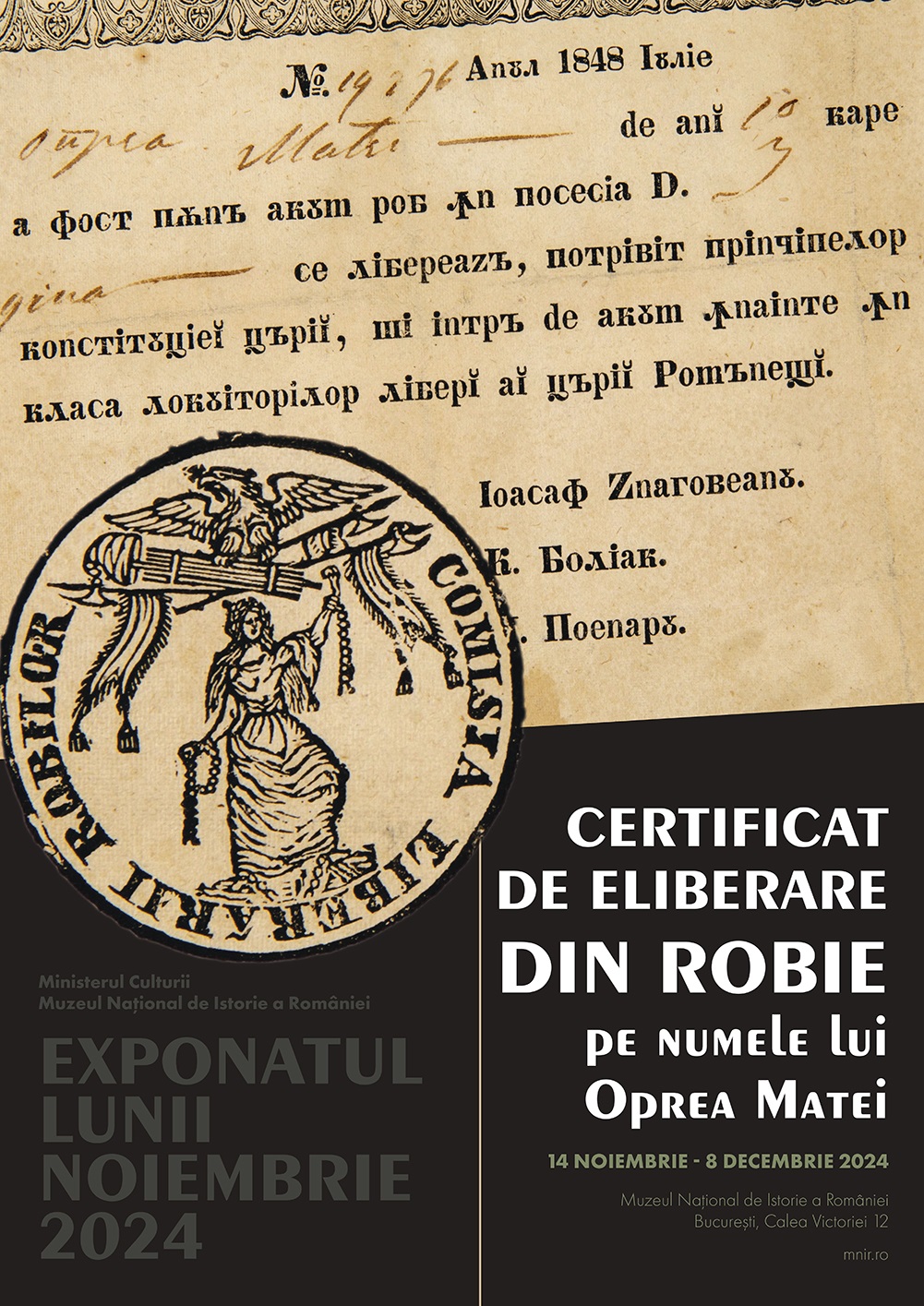Portraits of Romanian sovereigns
In art, portraits have at least one important particularity, namely the interest in the person in the painting.
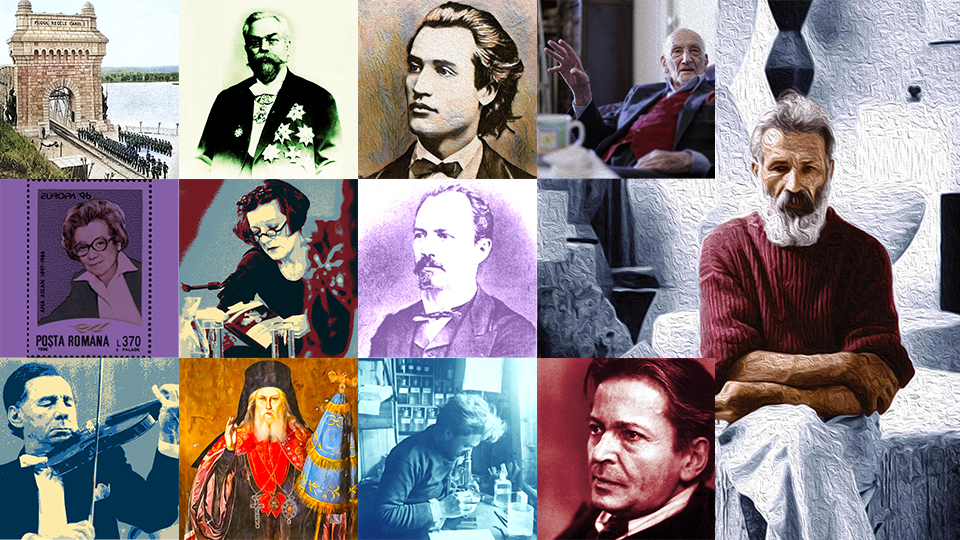
Steliu Lambru, 15.02.2025, 14:00
In art, portraits have at least one important particularity, namely the interest in the person in the painting.
In time, people portrayed by paintings have been sovereigns, political leaders, noblemen, warriors, clergy, thinkers, but also ordinary people. Portraits of sovereigns have always exerted a great attraction for people. Marina-Cristiana Rotaru teaches English at the Technical University of Construction in Bucharest and has studied socio-semantic interpretation of portrait art. She studied royal portraits from the view point of the message transmitted by the sovereign through nonverbal communication. In this sense, she took into account the distance, the angle, the gaze and the story of the painting. And as an object of research, she stopped at one of the portraits of Queen Maria of Romania, made by the German Friedrich August von Kaulbach: “The distance does not seem to be that great. We can conclude that we are in some kind of relationship with Maria because we already know her, we know who she is, she is no longer a stranger to us. From the point of view of the vertical angle, it is not always clear whether her gaze is above our gaze or not. This does not always matter. We can say that we are more or less on the same level, we are on a kind of equality, but not equality of status, but equality of belonging, let’s say, to the same race. We already see her as our princess, she is no longer a British, foreign princess. Judging by horizontal angle, we see her in a position that is neither frontal nor in profile, it is somewhere in between. We notice that she is not looking at us, she is ignoring us, she has something against us, she is angry with us or she wants to tell us something else. We also look at her gaze, she is slightly melancholic. We also look at her clothing, we see that she has some flowers, some roses, and we wonder why she put those on?”
The story of the painting seems to be a decisive criterion in knowing what the future sovereign wants to tell us: “We know from books, from her autobiographic book, that when she came to the country it was very difficult for her. Her first years were hard years, naturally, because she had come to a country that for her was Terra incognita. She did not know the language, she did not know the customs, she did not know, in fact, anyone. The only lady companion that King Carol had given her was a lady much older than her, who was only 17. She was still a child, in fact. An English lady stayed with her for a while, then went back to England. And she suddenly finds herself alone among strangers, as even her husband was a stranger. And then, what happens to the individual when being suddenly alone among strangers? They go through what we today call culture shock and we know that there are stages of culture shock. The first stage is called the honeymoon, and in Maria’s case this month had passed very quickly. After that comes the stage of disorientation. You look left, right, you don’t know anyone, you don’t know where to go, you don’t know what to do with yourself? After the disorientation stage comes an even harder one, the stage of irritability and hostility when everything seems to be against you and, whether you want it or not, you enter a kind of depression. I suspect that this is what happened to Princess Maria and the portrait, I suspect, captures the princess during this period.”
Searching for oneself in a new situation is something that every human being goes through, and therefore also a crowned head. Even if public opinion would say that a sovereign has everything at his disposal, it is not exactly accurate. Maria of Romania had to overcome important obstacles in her life, as we can see from the painting analyzed by Marina-Cristina Rotaru: “In such moments, people ask themselves questions, such as who am I? What am I doing here? What is wrong with me here? But, first of all, it is the question Who am I? That’s where it starts, from this question comes the answer she wants, from this question appears the anchor she ties herself to in order to rise from that situation. And, probably, in response to Maria’s question, she puts some roses on her chest. Is the choice random? I suspect not. And we go back to her story. She comes to the country as a British princess, an identity element to which she has remained faithful all her life. We know that in Great Britain, the historical region we know as England has the rose as its symbol. What Maria puts on her chest is the Rose of England. She couldn’t scream: I am a British princess! I come from the Saxe-Coburg-Gotha dynasty. She understands, she realizes, what her role is and that through Ferdinand’s marriage to her, the Romanian dynasty suddenly gained a different weight.”
The portraits of sovereigns have life and, therefore, words. And that of Queen Maria of Romania is one from which we learn about a huge personality in Romanian history who knew how to speak to her people and identify with them.

